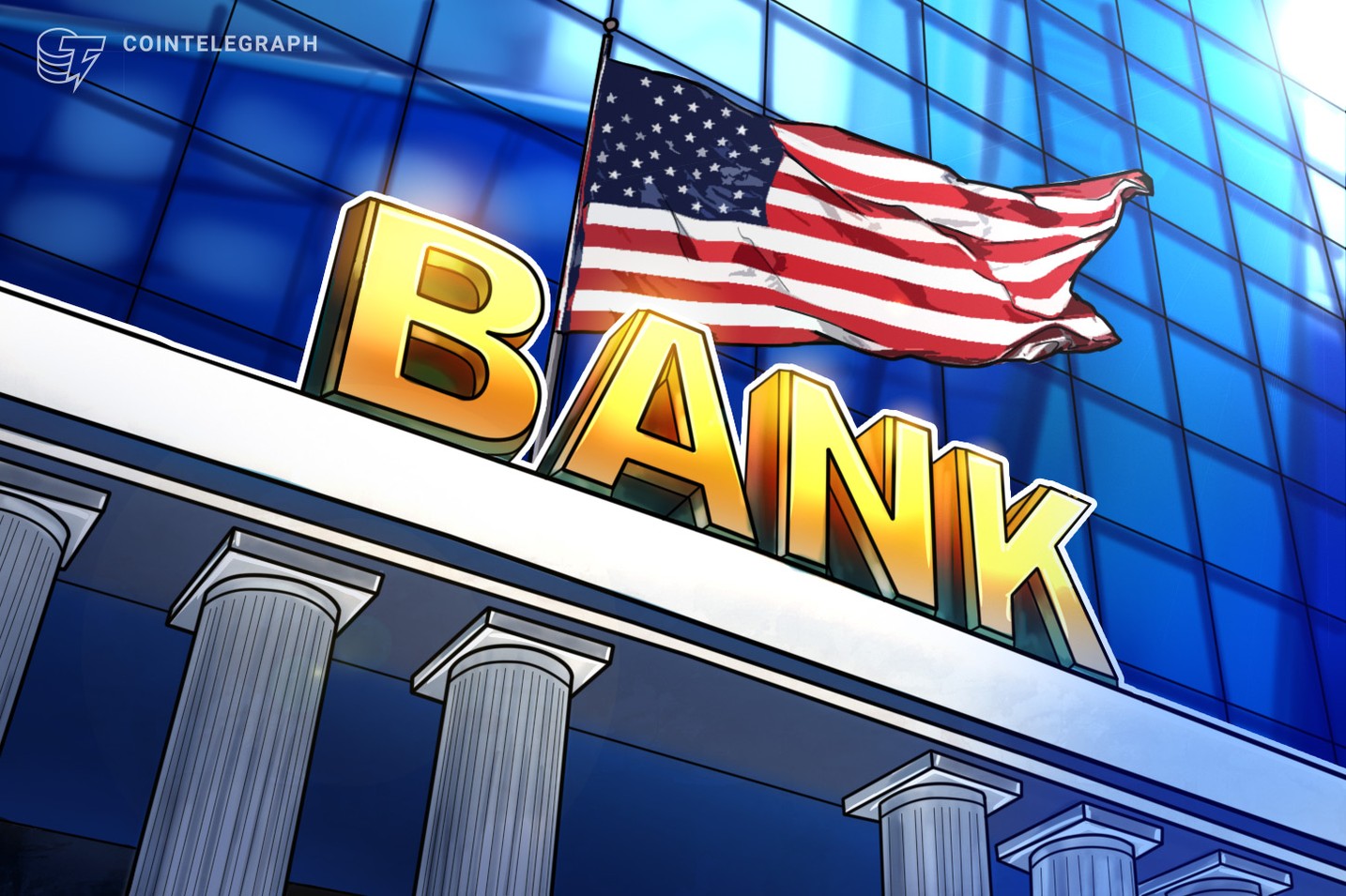Banks as Validators: Centralization Risks in Blockchain Networks | 2025


Banks as Validators: Centralization Risks in Blockchain Networks
Recent regulatory changes in the United States have opened the door for banks to act as validators in blockchain networks, a move that could significantly impact the landscape of cryptocurrency. According to Bohdan Opryshko, the chief operating officer of Everstake, this shift represents a double-edged sword for the crypto industry. While it marks a significant step towards institutional adoption, it also raises serious concerns about centralization risks.

Understanding the Role of Validators
Validators play a crucial role in blockchain networks, particularly in Proof of Stake (PoS) systems. They are responsible for verifying transactions and maintaining the integrity of the network. In a decentralized system, a diverse group of validators helps ensure that no single entity can exert undue influence over the network. However, the recent guidance from the US Office of the Comptroller of the Currency (OCC) allows banks to participate in these networks, which could lead to a concentration of power.

The OCC’s Regulatory Guidance
On March 7, the OCC announced new regulations permitting banks to engage in “independent node verification networks.” This decision has been met with mixed reactions. Opryshko expressed concerns that if banks become dominant validators, the decentralized nature of PoS networks could be compromised. “If major institutional players, such as banks, enter the staking market and suddenly stake large amounts, it could cause a sharp reduction in staking rewards for all other participants,” he explained.

The Impact of Centralization on Staking Rewards
Centralization in blockchain networks can lead to several adverse effects, particularly concerning staking rewards. In a decentralized network, rewards are distributed among a wide array of validators, promoting fairness and encouraging participation. However, if banks or other large institutions dominate the validator space, they could control the distribution of rewards, potentially sidelining smaller participants.

Opryshko’s warning highlights a critical issue: the balance between institutional involvement and the foundational principles of decentralization. The fear is that as banks stake large amounts of cryptocurrency, they could not only diminish the rewards for smaller validators but also influence network governance in ways that may not align with the interests of the broader community.
Historical Context: The Debanking Controversy
This regulatory shift comes on the heels of a broader controversy surrounding the banking sector’s relationship with the cryptocurrency industry. In June 2024, a lawsuit led by Coinbase revealed that US banking regulators had pressured certain financial institutions to “pause” their crypto banking activities. This practice, often referred to as “debanking,” sparked outrage within the crypto community, leading to calls for more equitable access to banking services for digital asset firms.

Former President Donald Trump has been vocal about his desire to position the United States as the “world’s crypto capital.” In a January 23 executive order, he instructed agencies to prioritize “fair and open access to banking services” for digital asset firms. This directive aims to reverse the restrictive measures that have hindered the growth of the crypto sector.

Future Implications for the Crypto Industry
The implications of banks acting as validators extend beyond just staking rewards. They touch on the very essence of what blockchain technology represents: decentralization and democratization of finance. If banks, which are traditionally centralized entities, begin to dominate the validator landscape, it could undermine the core principles that attracted many to cryptocurrency in the first place.

As the regulatory landscape continues to evolve, stakeholders in the crypto industry must remain vigilant. The balance between fostering institutional adoption and preserving the decentralized nature of blockchain networks is delicate. Opryshko’s insights serve as a reminder that while progress is essential, it should not come at the expense of the foundational values that define the cryptocurrency movement.

Conclusion: A Call for Balanced Regulation
In conclusion, the recent regulatory guidance allowing banks to act as validators presents both opportunities and challenges for the cryptocurrency industry. As institutional adoption grows, it is crucial to ensure that the principles of decentralization are upheld. Stakeholders must advocate for balanced regulations that promote innovation while safeguarding the integrity of blockchain networks. The future of cryptocurrency depends on finding this equilibrium.

For more insights on this topic, visit the original article on Cointelegraph.






